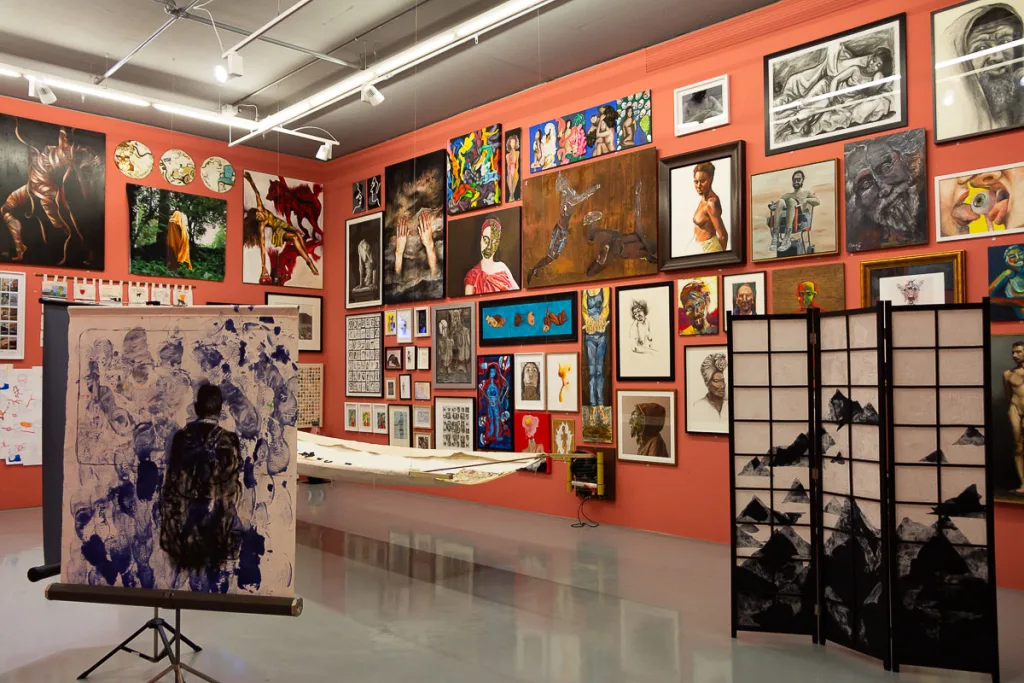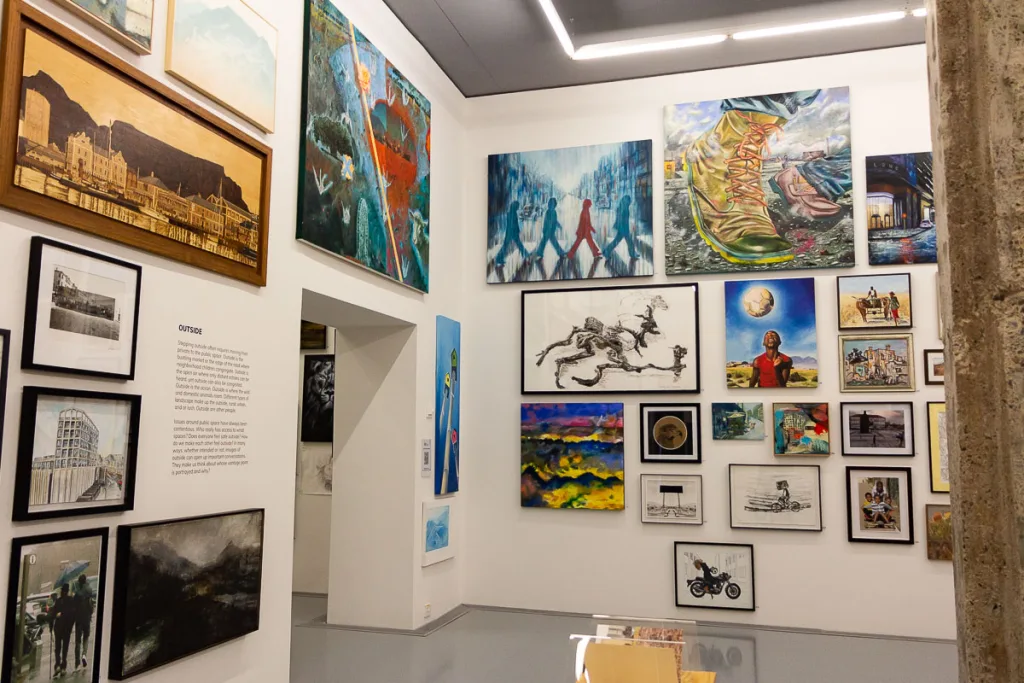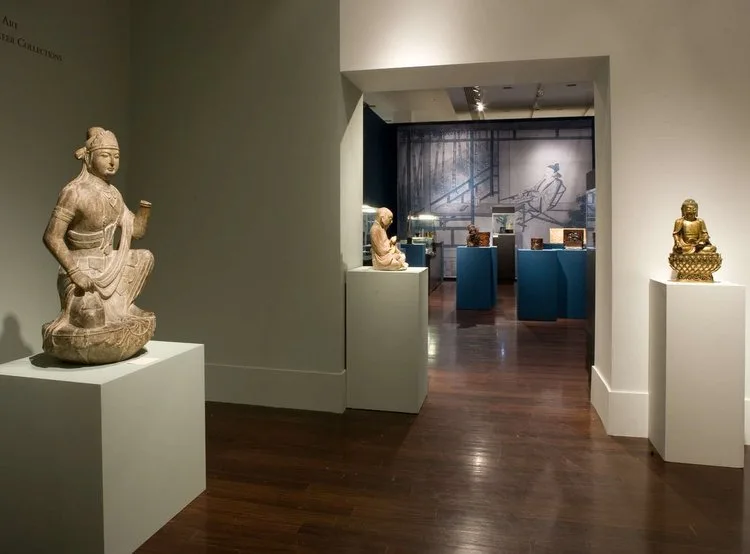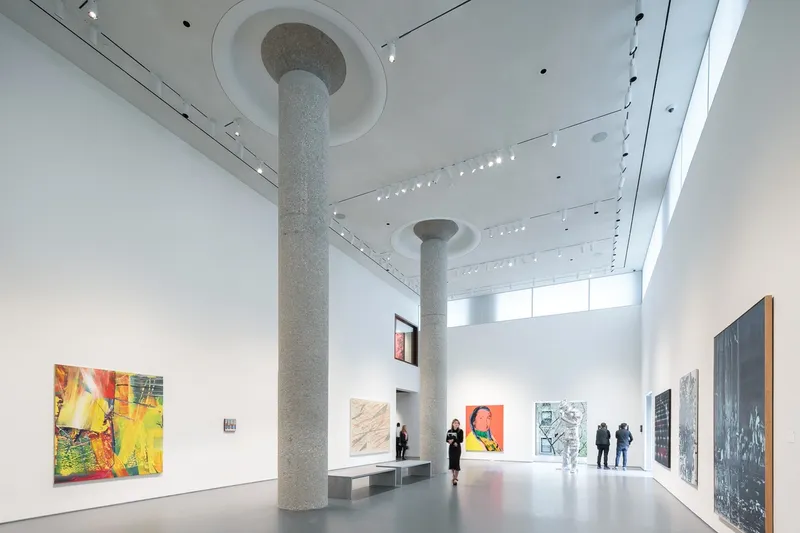In recent years, African art has made significant strides in the global art market, gaining recognition and value beyond the continent. Behind this rise is a group of dedicated art collectors who are not only preserving African culture but also influencing its global appreciation. These collectors, based both in Africa and diaspora, play a pivotal role in how African art is perceived, traded, and exhibited worldwide. By championing African artists, they are helping to reshape the global art market and elevate the continent’s creative contributions on the world stage.
The global recognition of African art is not a sudden phenomenon. For decades, African artists have been creating works that reflect the diverse cultures, histories, and social issues of the continent. However, until recently, much of this art was either underappreciated or misunderstood by the mainstream art world. Thanks to the efforts of collectors who recognize the intrinsic value of African art, this narrative is changing.


Collectors such as Sindika Dokolo, a Congolese businessman, and Jochen Zeitz, a German entrepreneur and philanthropist, have played pivotal roles in promoting African art. Dokolo, before his passing, amassed one of the largest collections of contemporary African art, which he made accessible through exhibitions and collaborations. Zeitz, on the other hand, founded the Zeitz Museum of Contemporary African Art (MOCAA) in Cape Town, which stands as a beacon of African art on the global stage.



What sets these collectors apart is not just their purchasing power but their understanding of African art as a cultural legacy. Their collections are more than financial investments; they represent a commitment to preserving and celebrating the stories, traditions, and visions of African artists. These collectors understand that the artworks they acquire are not only valuable in a monetary sense but also in terms of their ability to capture and communicate the essence of Africa’s rich cultural diversity.

In addition to preserving cultural heritage, art collectors play a critical role in influencing market trends. When prominent collectors acquire works from specific artists or movements, it can elevate the market value and visibility of those works. Collectors like French-Senegalese entrepreneur Amadou Diaw and South African patron Paul Kurgan have both invested in emerging and established African artists. Major auction houses like Sotheby’s and Christie’s have held specialized sales of African art, a development that would have been unthinkable two decades ago.

The future of African art looks bright, and collectors are at the heart of this evolution. As more collectors champion African art on the global stage, there is a growing understanding that Africa’s artistic output is not a niche market but a fundamental part of the global art ecosystem. The increasing presence of African art at major international art fairs and biennales, as well as the rising prices of African works at auction, is a testament to the influence these collectors wield.
In a world that is constantly searching for new narratives and perspectives, African art offers a wealth of stories, creativity, and innovation. The guardians of African art—its collectors—are not only shaping the market but also ensuring that the voices and visions of African artists continue to resonate on a global scale.


